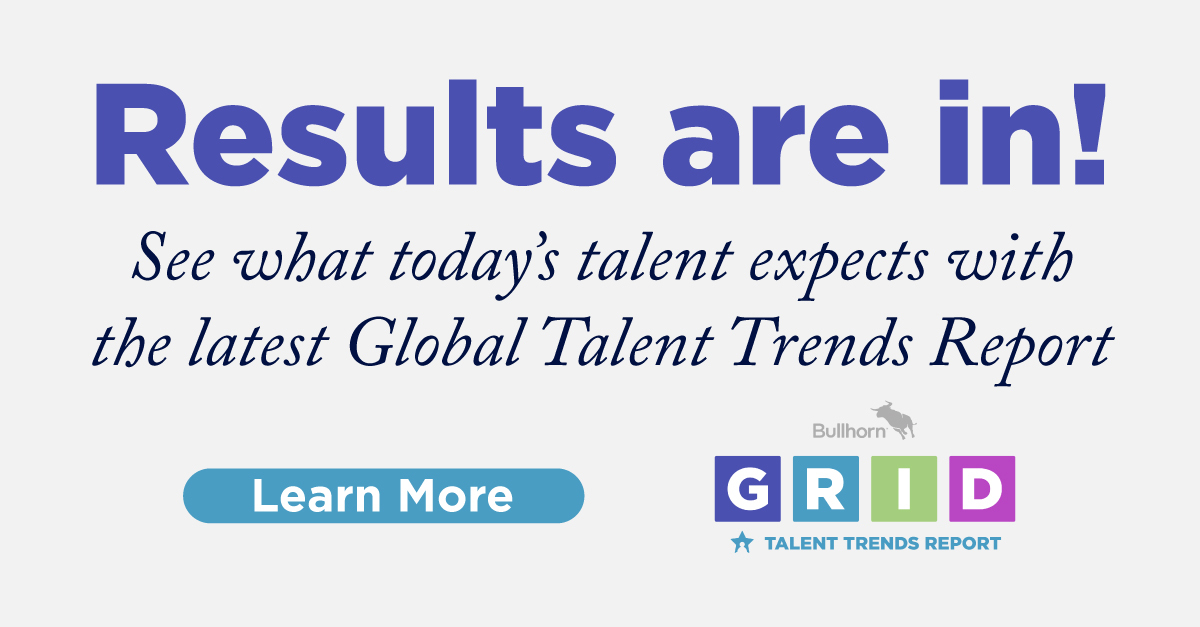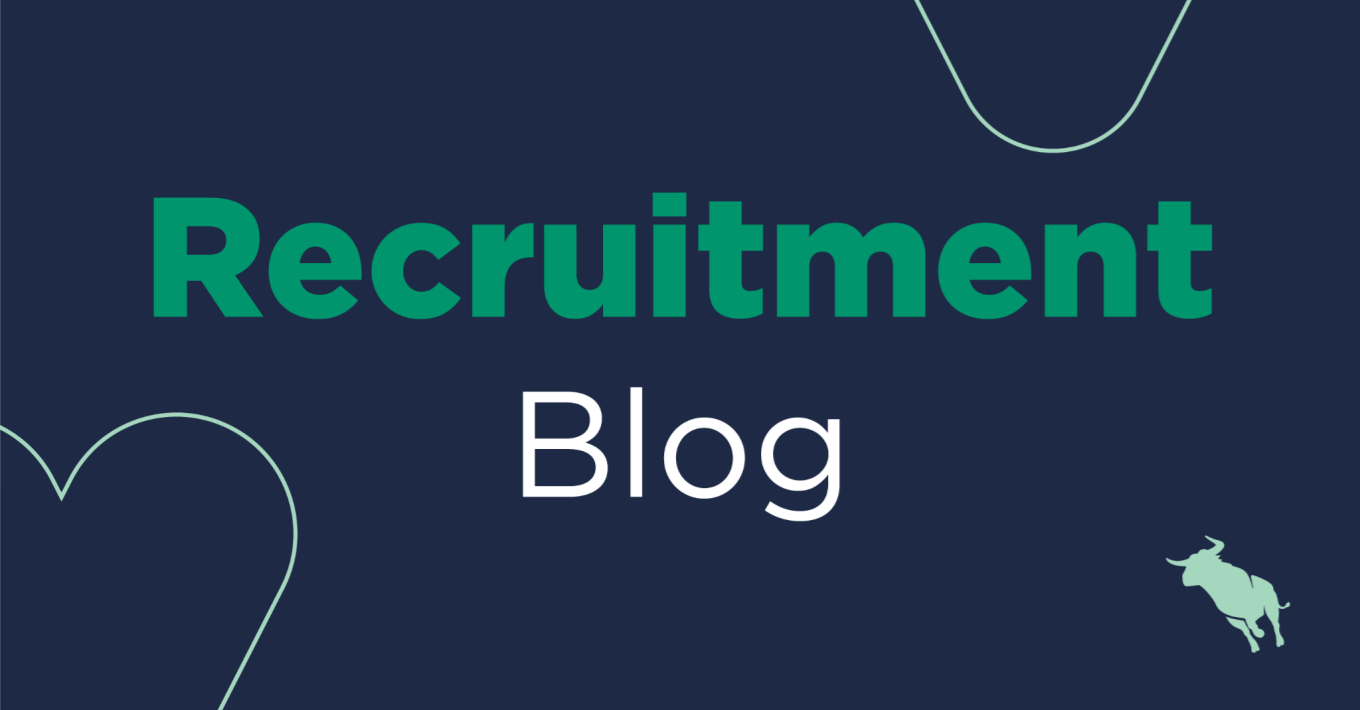Uncovering What to Automate in Your Recruitment Agency

I’m supposed to have a quirky intro paragraph about what to automate to get everything set up.
But you didn’t come here for a quirky paragraph, you came here to learn about what to automate in your staffing firm.
So I’m going to give the people what they want; on with the show.
Where does it hurt?
When times are great and business is good, it’s easy to overlook gaps in your processes.
A missed connection here, an errant email there – these things may not seem like a big deal. But for candidates, contractors and clients, they can mean a lot and will lead to relationships turning sour.
Now consider increased competition, shifting buyer behaviors and other environmental factors; can you ignore the gaps now?
Understanding where you are today, will help you drive towards where you want to go. In other words, you’re going to figure out where the gaps live in your process and use automation to fill them.
A day doesn’t go by where we don’t hear a staffing firm say one of the following:
- I hadn’t thought about that!
- If I automate this, can I automate that? (Yes, yes you can)
- You mean this will happen even if my recruiters forget? (Yes, yes it will)
Recruiting is a relationship business and those relationships are built on a human level; automation can augment these interactions and take the repetitive or time-sensitive tasks off of your collective plate.
Below are some common areas where we typically see gaps in our customer’s processes:
- No communication around key dates and times. For example, not communicating leading up to an interview or start date.
- Field values are not updated during key changes in the recruiting cycle. For example, changing a candidate status from passive to active when they apply or forgetting to change a client status to ‘Customer’ after they sign.
- Lapses in client communication. For example, an active client hasn’t sent a new req in 30 days or not collecting feedback about recent hires from hiring managers.
- Manual activity can lead to errors or delays. For example, sending emails manually or onboarding documentation.
The list goes on, but essentially there are areas that can go unnoticed for years because they are seen as minor or fly under the radar altogether.
In reality, the other end of that communication lapse – candidates, contractors, and clients – see it as a negative experience, knocking the chances of working with your company down a few pegs.
Figuring out the ‘why’
So we’ve looked at where automation can squeeze into staffing process gaps, now let’s look at the why.
This is actually the fun part; digging into why things aren’t happening the way they should.
Why are new hires falling off? Because they weren’t contacted during the first few days of their assignment
Why do we have candidates off contract with a current status of ‘Placed’? Because changing it is a manual process and other things got in the way.
Why is our database full of inactive candidates? Because they were sourced and never communicated with, so we’ll just hold on to them…FOR-E-VER
The ‘why’s’ are easy once you know where they are rooted.
Let’s fix it
Automation is going to be a big part of the digital transformation in staffing firms and all of the above examples are perfect work for robots.
Below are general rules for when to automate processes or communication in your staffing firm:
- Automate repetitive processes: Things like updating field values, adding notes, or sending messages.
- Automate things that happen every day: Things like messaging new applicants or interview prep.
- Automate around key dates: Things like pre-interview information sequences or first-day need-to-knows
- Automate alerts when things go wrong: Things like receiving a bad satisfaction score from a client or if a consultant hasn’t been contacted in more than 60 days.
- Automate data hygiene: Things like finding old records or automating the data update process.
While we’re big fans of automation, there are some cases where you may not want to put robots to work.
If the use case requires a human decision
While we’re big fans of automating around key dates and decision points, at the end of the day there are some decisions that are better left to humans; accepting or rejecting candidates is one of those decision points.
If the use case requires a human voice
While Google is working on a voice assistant to book appointments, there is no substitute for human to human voice contact. Would you want a robot calling your customer to wish them a happy birthday?
Recruiting is a relationship business and those relationships are built on a human level; automation can augment these interactions and take the repetitive or time-sensitive tasks off of your collective plate.








